A new project has me doing more work at the bench than usual these days, which I honestly don’t mind a bit. None of the chemistry is particularly difficult, which is a good thing, because the idea that I’m working on is a complicated one in cell biology, and I don’t need any additional workload in trying to make the compounds that I need to test it.
But that’s medicinal chemistry summed up right there. We have always been charged not with doing chemistry, but with making molecules. It just turns out that almost all of the time the only way to make those molecules is to go do some chemistry! But we always have to be careful not to confuse the methods with the goals, which can be hard to avoid. Those methods are (for many organic chemists) one of the fun parts of the whole business. I first started doing research chemistry over 40 years ago, and I still enjoy setting up reactions, purifying the products, checking the spectra of the resulting compounds – all the routines of synthesis.
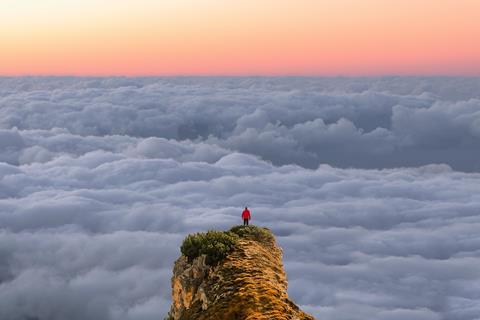
Now, it’s true that I might not enjoy these routines quite as much if I had had to do them continuously every working day over the last four decades or so. At one point in my career that’s exactly what I did, of course. But by now working in my fumehood is a bit of a luxury, because that’s not really what my employer pays me to do (at least not all the time). In this case, it’s faster for me to make these relatively simple molecules myself so that we can start answering some key questions, but soon enough I’ll have to hand this bench work off if things start looking interesting. There will then be more work than I can do!
I have to say, though, that it’s not like I’ve stepped into a time machine to do everything the way it was done in the early 1980s. Back then, I packed all my own chromatography columns and eluted them by hand, filling the solvent from the top and cutting fractions from the bottom. Each of those fractions would then be checked by thin-layer chromatography (TLC), and I would not even want to guess how many TLCs I ran back then. But that’s all gone. Any organic chemistry lab that can afford to do it switched over years ago to chromatography machines that use pre-packed columns, collect their own fractions, and can be set to only do so when they detect something coming off the column. We, meanwhile, go off and do something else.
I can’t remember when I last ran a TLC – it’s been years
When it’s time to check the identity of the compounds that have eluted, we take small samples to the walkup liquid chromatograph–mass spectrometer (LC-MS), a technology that has almost totally wiped out TLC. As it well should: we have automated access to a variety of columns and solvent methods, and the mass spectra collected on each peak are more informative than any TLC spot could be, since they announce the molecular weights and fragmentation patterns of each compound. This technique had not quite even been invented by the time I defended my PhD! But now I can’t remember when I last ran a TLC – it’s been years.
So I’m using equipment that would have staggered me with awe had I been able to experience it back then, and the day-to-day mechanics of synthesis move along all the faster because of it. If I had found cutting fractions and running TLC plates to be the most delightful part of my work, I suppose I would be sad to see them go, but fortunately I never did. Truth be told, those always were rather a grind, and I’m happy to turn them over to the machines. It gives me more time up near the top of the mountain, and less time hauling buckets and backpacks of stuff up there (over and over again). The top of the mountain is where you really want to be. Synthetic chemistry can get you to it, and so can molecular biology and many other fields – the route is up to you. From up there you can see territory that no one has ever explored, and you’re finally to the point where you can start making your way into it. That feeling, in the end, is the one that can never get old, and I’m happy for every chance I’ve had to experience it. ‘Let’s do it again,’ I think, surveying the terrain. ‘Let’s go find something out.’
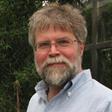





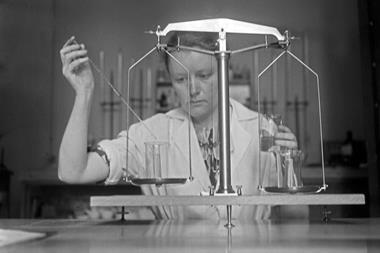
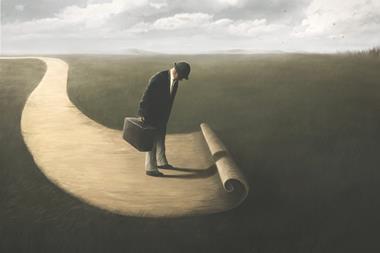
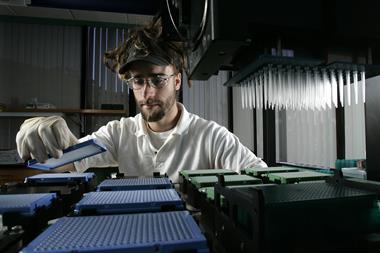








No comments yet